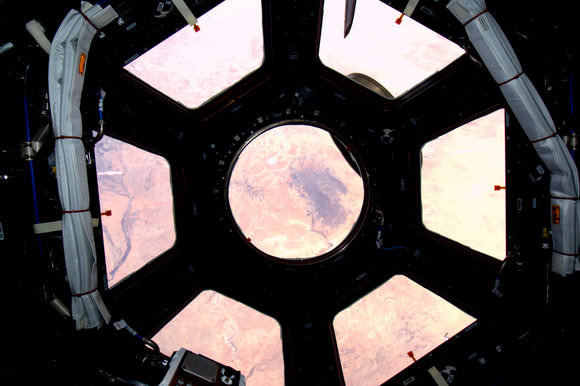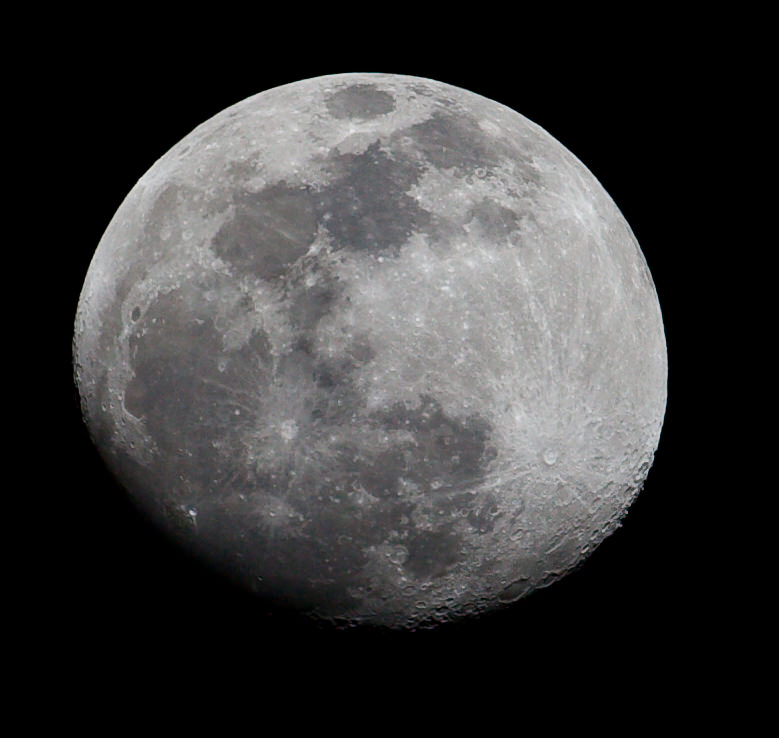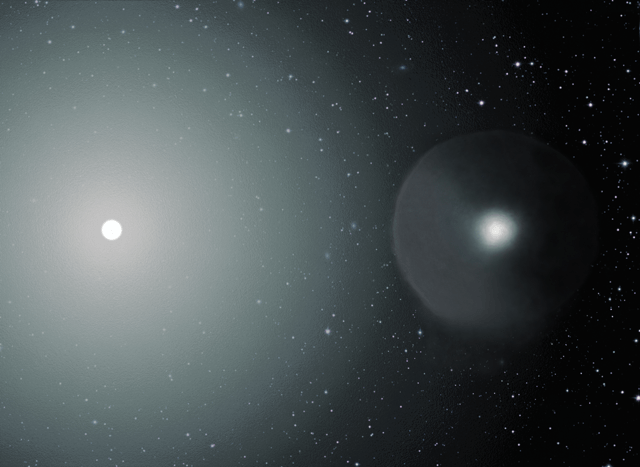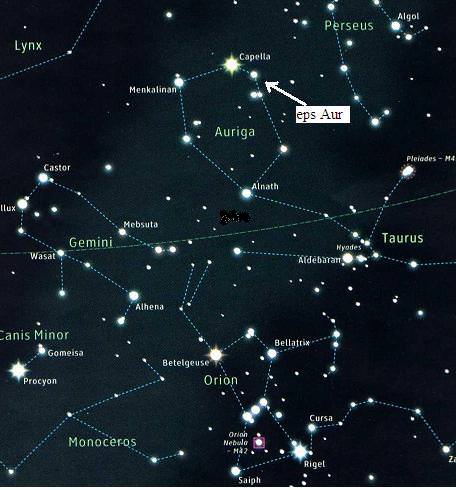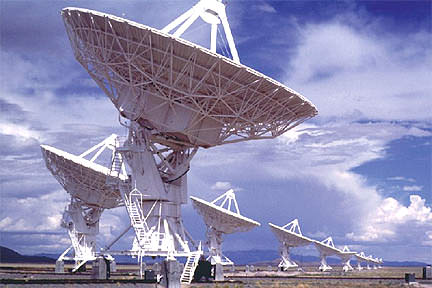[/caption]
“Let there be light! Cupola windows open toward Sahara desert. Priceless!” Tweeted ISS astronaut Soichi Noguchi from the ISS.
It’s the moment we’ve all been waiting for: the opening on the windows of the new Cupola on the International Space Station. And it was incredible.
“As expected, the view through window seven is absolutely spectacular,” ISS commander Jeff Williams said. “When we have the others around it open, it will give us a view of the entire globe. Absolutely incredible.”
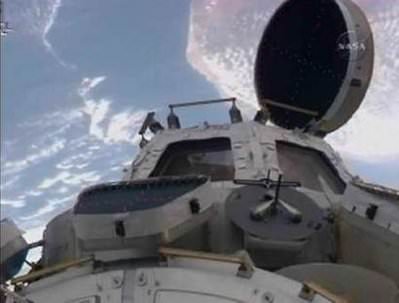
The new $27 million bay window was uncovered during the third EVA of the STS-130 mission by spacewalkers Nick Patrick and Bob Behnken, who removed the protective launch covers and bolts. Then, from the inside, each of the seven shutters was cranked opened and closed one at a time, to test the view — and the shutters. In case there were any problems, the astronauts out on EVA could help close the shutters.
Later, all the shutters were opened at once for the full view. “I don’t think space station’s ever going to be the same after this,” Mission Control radioed to the ISS.
The new observation deck will allow astronauts unprecedented 360-degree views of Earth and space, while providing a new location for robotic operations where astronauts inside the ISS can actually watch directly what they doing with the CanadArm2 on the ISS, instead of completely relying on computer inputs and camera views. The Cupola is attached to the nadir, or Earth–facing port of the new Tranquility node, a $380 million addition to the station that was delivered to the ISS on the current space shuttle mission.
Built by the Italian space agency, the Cupola is 1.5 meters (5 feet) tall and about 3 meters (10 feet) in diameter. Six rectangular windows encircle the dome, with a large circular window in the middle.
Mission managers said at a press conference last week that the windows will remain shuttered most of the time to protect the 4-pane fused silica glass from micrometeroid strikes. The large central window shutter may be allowed to opened more frequently since it is facing towards Earth and away from potential incoming space debris.
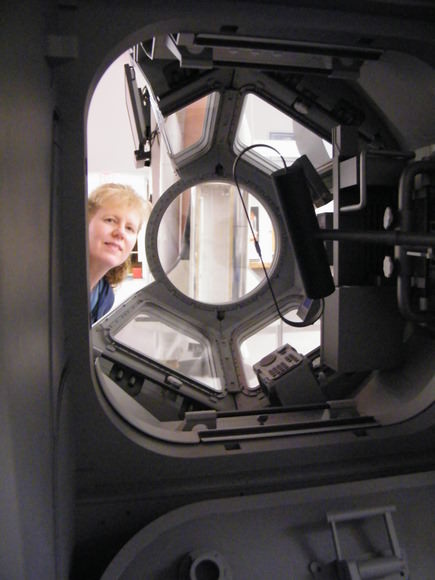
A model of the Cupola was set up at the press room at Kennedy Space Center. I asked about the windows and the potential of problems if they are hit by micrometeroids, and was told that if the windows are dinged or significantly damaged, they can be repaired or replaced on orbit. There are spare window assemblies built, but they aren’t currently on the ISS nor are there plans to bring them up, for now. For minor damage, the shutters would be closed until the repairs could be done. For major damage, the Cupola has a hatch, so there is the potential to close off Cupola, but mission managers said that option has a very low likelihood of occurring.

